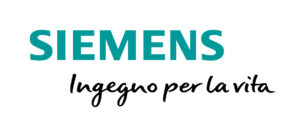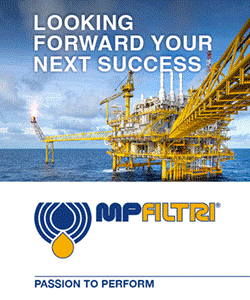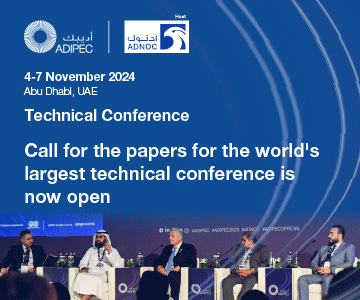Which extreme weather conditions influence the reliability of PV modules?
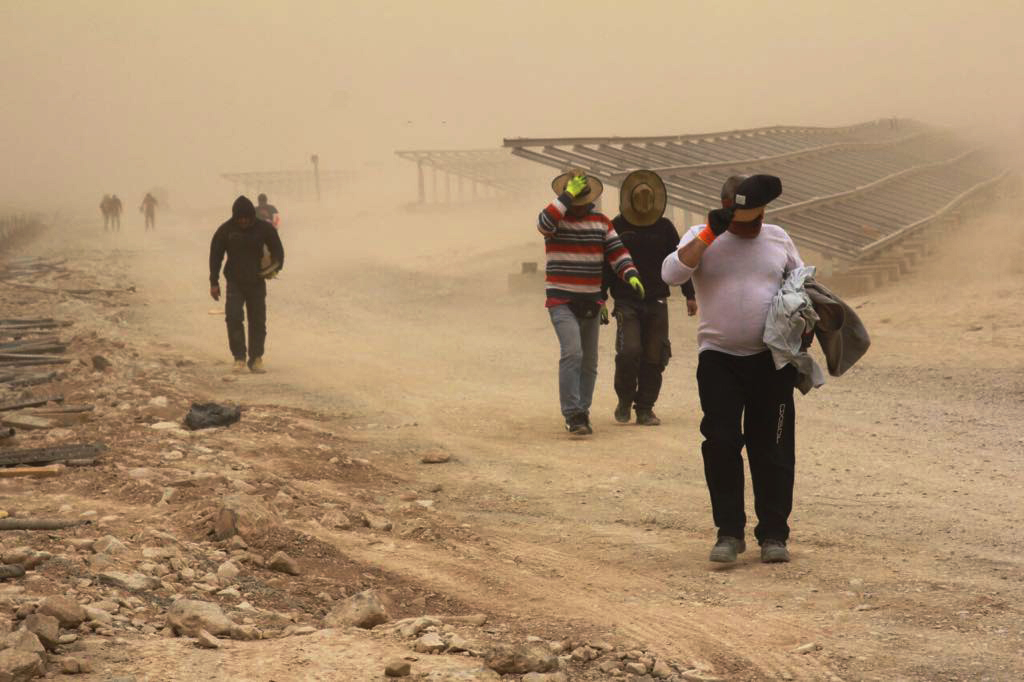
Strong solar irradiance and UV rays, temperature fluctuations (from +30° C to -20° C), high levels of humidity and heat, atmospheric events such as hurricanes and tornados, composition of the terrain, presence of salt, ammonia, sand, chemical compounds, organic corpuscles in the atmosphere have all contributed to how leading solar manufactures optimize design, select module components and refine manufacturing techniques.
In order to satisfy customer demands that panels perform in harsh environments, manufacturers must balance the limitations of their existing manufacturing equipment with the cost of new and perhaps risky innovative raw materials.The key to this challenge is know-how of the entire module assembly process. This combined with the right combination of raw materials and transfer of know-how from the manufacturing equipment supplier will result in continuous control and repeatability in the manufacturing process, guarantee resistance to extreme conditions, constant yield and minimize PID (Potential-Induced Degradation).
One common weak point in manufacturing is the polymerization of EVA must be controlled precisely to avoid any eventual de-laminations. An optimal polymerization is between 75-90%, which gives elasticity to the laminate and allows it to avoid any delamination due to the expansion of the materials, such as ribbon, after being exposed to thermal cycling. This can be controlled by using the right recipe in the lamination phase which should be tested multiple times to obtain the best result. According to Ecoprogetti’s R&D team, cell spacing can even influence how heat disperses through the panel and impacts cell resilience to extreme heat and extreme cold. Great focus should be given to cell soldering, which must be homogeneous along the whole length of the bus bar in order to avoid hot spots and breakages of the photovoltaic panels. These observations have lead Ecoprogetti to introduce a revolutionary soldering wheel method that evenly bonds the ribbon to the busbar surface without the gaps experienced during the IR pin process.
In the first picture below, PV modules using the above mentioned soldering method and cell spacing technique were installed over 10 years ago above the article circle. These panels still operate in -30 C conditions. The second picture attached was taken in extreme arid conditions where temperature fluctuations, low atmospheric humidity and sand storms happen daily. After the module leaves the factory floor, there is very little that manufacturers can do to ensure their survival. Any shortcuts or miscalculations during stringing or lamination will eventually begin to surface and handling during installation will aggravate any flaws. Therefore it is of the utmost importance that manufacturers focus on these two key process steps.
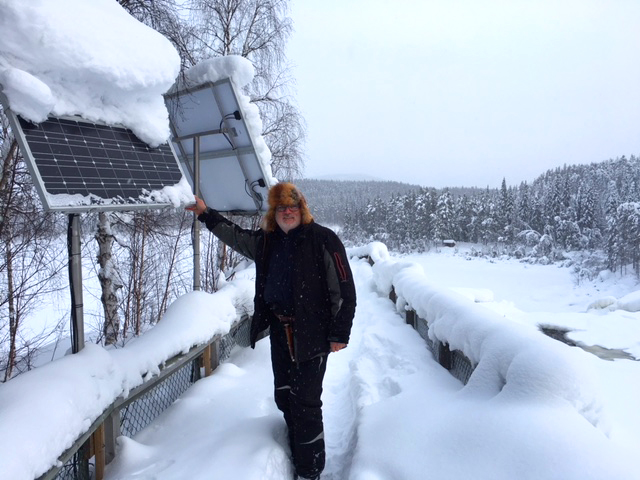
The choice of the correct raw materials makes a great difference in the resistance to these extreme weather conditions. The glass which makes up 8.13% of the pv module’s material cost compared to the encapsulant 3.92%, the cells 67.5%, the ribbon 3.35%, the back-sheet 3.47, the sealant 0.7%, the j-box 4.47% and the frame 8.16% will all impact the quality of the final module and are possible points of failure. For example, framed glass-backsheet (GB) modules installed near salt fog or ammonia from the ocean can, over a long period of time, experience frame failure (unless the aluminum has gone through a specific surface treatment). On the other hand there are glass-glass modules that can withstand high humidity (due to a lower permeability compared to standard GB modules) and sandy winds. This does not imply that any glass type is suitable for every environment. Indeed it would be better to use an ARC glass for industrialized areas where aggressive chemical compounds in the air and organic molecules can deposit on the glass’s surface, thereby masking the cells and consequently lowering the efficiency of the solar panel.
Another critical point of failure in PV modules is the junction box where sealing and plastic type come into play. There are a variety of plastics that make up the j-boxes, primary and secondary class plastics. These plastics can vary in quality due to cost cutting measures in their supply chain and will have a lower durability to UV rays and a minor resistance to extreme temperature variations. It is important that newer manufacturers understand these nuances that others have had to learn through trial and costly error.
Beyond reading academic studies and supplier reports, manufacturers should actively check with other sources, including equipment suppliers, whether a new material will work in their panels bill of material and for its intended use. Typically when working with new customers Ecoprogetti covers these important topics during the training phase to ensures that the customer’s R&D, process engineering, purchasing and management understand the value in making the right choices when starting their PV business with the highest quality module at a competitive price.

